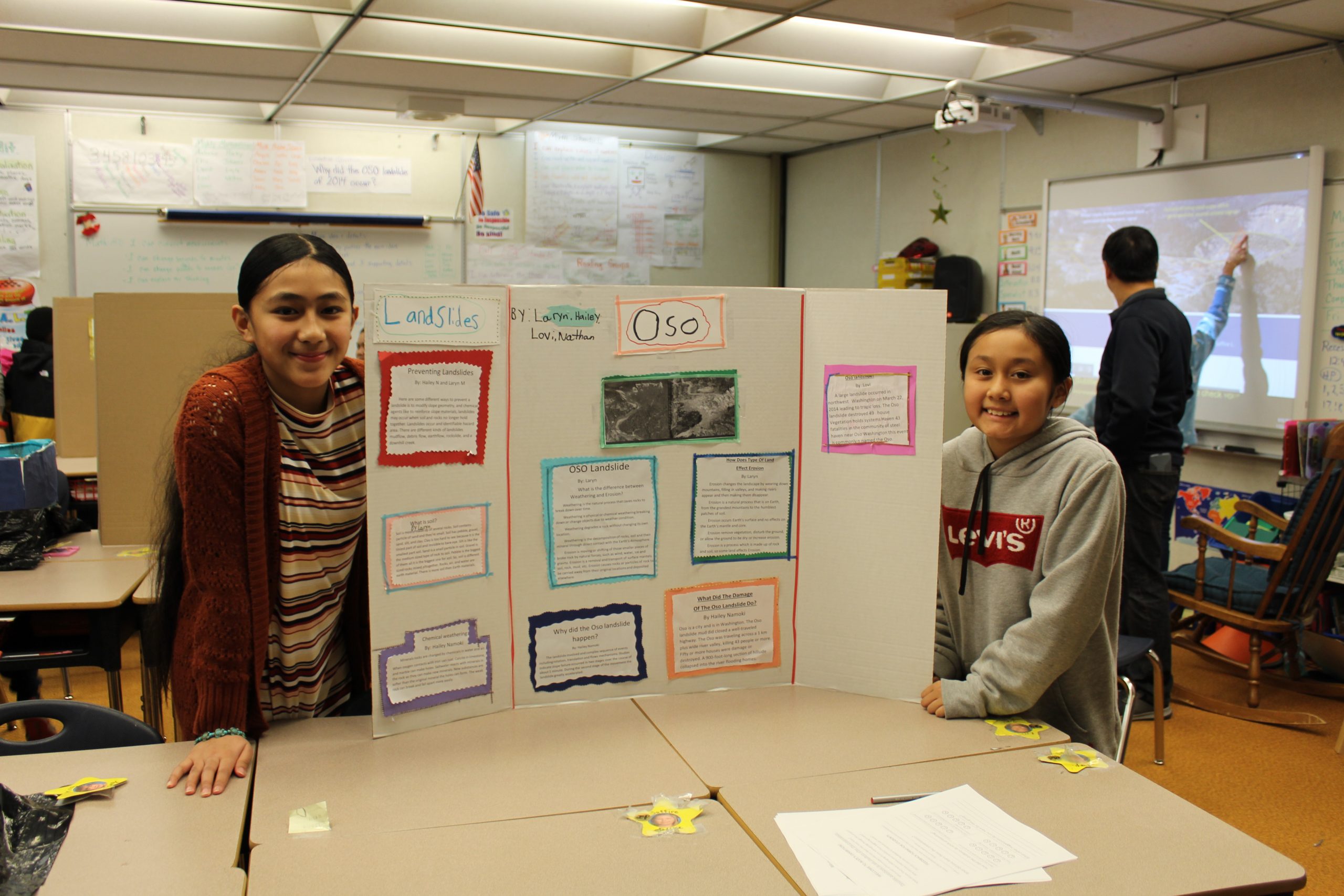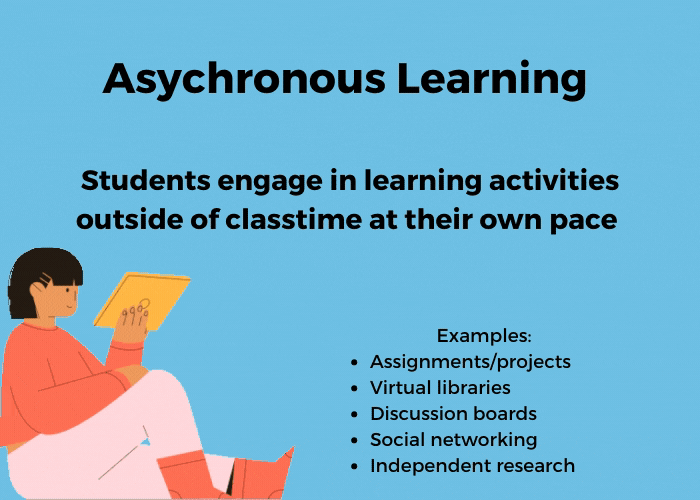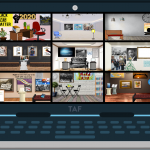
School Transformation in the Era of Remote-Learning
Imagine a public school that redefines STEM literacy, equitable education, and what it means to be a well-educated 21st-century student; a school known for encouraging innovation, for pushing the limits of what is expected, delivering curriculum in a way that is relevant to real-world needs and goals of students, that creates an environment that promotes academic success through a social justice lens; a school where learning is designed for, and often by, the students, where teachers collaborate as part of their daily practice and learn alongside their students, where parents are welcome in the classrooms at any time, and where professionals in other fields participate in teaching and learning.
This is what TAF envisions for its partner schools under the School Transformation program. We aim to expand best practices in leadership, teaching, and learning by implementing what is known as our STEMbyTAF Academic Learning Model. With the help and support of TAF’s Transformation Coaches, schools are taken on a 5 year journey to redefine their approach to educating students, eliminate race-based disparities in academic achievement, and promote the highest level of student learning and teacher development.

Now imagine that school going fully virtual. With the pandemic forcing us to move our practices online, how do we continue to implement the STEMbyTAF model in a remote-learning environment? What are the limitations and opportunities of implementing project-based learning (PBL) online? Can PBL really work in the virtual sense? Three of TAF’s Transformation Coaches weigh in on the progress of our transformation schools during their first semester of online-schooling.
“I’ve noticed that teachers are reverting back to lecture style teaching because they figured they don’t have a lot of time in front of the kids, so they just need to get the information out to them,” shares Pete Schoen, Transformation Coach at Roosevelt Elementary. “I think that stems from teachers not fundamentally understanding that remote-learning is different from being in class — it should be different. With asynchronous and synchronous time, there are ways you can use that time more efficiently to help kids work collaboratively while using PBL.”


Such efficiency would mean giving students clear direction during asynchronous, or independent student-led learning time, and then collaborating and giving feedback synchronously during live virtual classes. But adjusting to this new rhythm of learning does not come naturally to all teachers according to Mary Schimmelbusch, TAF’s first externally hired Transformation Coach. With partial support from TAF, Mary began working this fall with teachers of varying grade levels at Beverly Park Elementary in Highline to implement PBL into the classroom, despite the already jarring transition to online learning.
“What I’ve noticed is that it is very hard for [teachers] to let go of control, because we don’t have any control in the world right now. So, taking that leap to project-based learning is especially hard to do during this time. However, they are seeing the return coming back to them. The students are more relaxed, they’re doing what they want to do, they’re showing up to their lessons. Third grade has almost 100% attendance and I contribute some of that to PBL.”
“PBL builds collaboration within a community. It builds the ability for students to drive their own learning which comes from the strength of knowing themselves.”
Mary Schimmelbusch
School Transformation Coach, Beverly Park Elementary
For their first take on a PBL project, teachers at Beverly Park started with the focus on community. Each grade level (K-6th grade) explored these driving questions: Who am I? Who are we, Beverly Park, as a community? How do I fit into this community and this world? Students interviewed members of the community such as social workers, police officers, fire personnel, and family members to better understand their roles in the community and develop a proposal of how they, as students, can create change in their community too.
“I think PBL builds collaboration within a community. It builds the ability for students to drive their own learning which comes from the strength of knowing themselves. It’s well rounded in that it also builds confidence in our students, it builds our discourse that takes out systemic racism, and has all students working towards equity together,” explains Schimmelbusch. “By the time they get into fifth grade, they are already their own advocate for their education. They have the skills and the toolkit needed to determine how they learn, how they use their voice, how they do research, and how to change the world.”
With a plethora of online-teaching tools optimized for remote-learning, it’s more than possible to provide students with enriching PBL experiences that boost student engagement and student-led inquiry. Platforms such as Padlet, Google Jamboards, and Nearpod allow for interactive learning opportunities where teachers can draw, record audio clips, integrate videos, set up polls, generate class discussions, and receive feedback on the lesson. Knowing how to properly utilize and integrate these tools into the classroom can make all the difference for engaging students in this remote-learning environment. One such student at Beverly Park exemplifies this, of how PBL can still work in the virtual sense.

“Each of the students had written a haiku on who they are. A teacher noticed a specific student who never really speaks much, but shared quite a bit about herself in a poem she wrote. They asked if the student could share it with the staff, then recorded her reading it and shared it, with her mom on the call when it happened. Her mom’s reaction was amazing. She was saying, ‘I can’t believe that’s my daughter!’ and was just so happy and proud,” shares Nina Sotomayor, TAF’s Distinguished Transformation Coach who works closely with Schimmelbusch. It’s a great testament to how project-based learning works from a parent’s perspective and how it has moved her child’s experience in school.”
For parents and teachers alike, this is the payoff that makes the shift to PBL worthwhile. Seeing students’ perspectives of learning transform as they discover their voice is just one benefit from the STEMbyTAF model and is why teachers continue moving forward with PBL in their practice. In order to support this growth, TAF’s transformation coaches facilitate ongoing professional development opportunities for teachers as well as administrators to provide them with the necessary resources and tools to build a solid infrastructure for the school to run the STEMbyTAF model. Strengthening the leadership’s capacity and collaborative methods is a big part of implementation, but there is just as much emphasis on establishing equitable learning environments that require us to analyze our practices with a critical lens on racial equity.
“When it comes to prioritizing equity, we look at data around the differentiated PD’s (professional developments) that we offer, analyze feedback, and look for any additional learning opportunities for our teachers,” explains Sotomayor. “A lot of these PD’s are done collaboratively. For example, two of our coaches co-presented on disrupting assumed knowledge and strategies for healthy facilitation around race conversations. Washington Middle School is especially doing that — all of their professional developments have a lens of equity as a big piece of how they show up in the classroom. During Teacher Institute, they created affinity groups with their teachers and then tried to do the same for students to participate in collaborative discussions. So everything our coaches do is also a model for what we want to be happening in the classroom.”
From how to host exhibitions virtually to conducting learning labs, there’s a PD for every teacher seeking answers on how to best implement project-based learning into the virtual classroom. Regardless of how long we will be in this remote-learning environment, TAF’s School Transformation program strives to continually provide our schools with the necessary support, resources, and tools to turn the vision of an equitable public education system into a reality.
With five schools in three school districts already undergoing transformation, TAF plans to add another three schools to our STEMbyTAF Network next year, expanding our work with students, teachers, and leaders of color in Eastern Washington. By growing moderately and steadily, we can ensure the integrity of our programs remains authentically intact while continuing to bring our best practices from the STEMbyTAF model to more schools across the state.
Help us transform schools across the state and bring that vision to life — because it takes all of us to truly build an education system that works for everyone.
Support our work by donating now or partnering with us.
Learn more about how we’re using project-based learning and STEM to eliminate race-based disparity in academic achievement on our School Transformation page.




